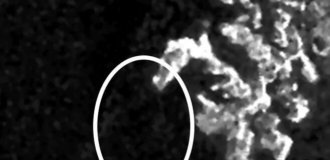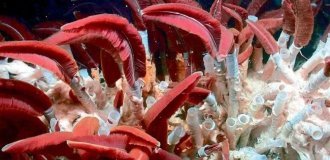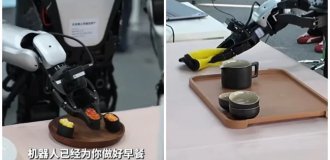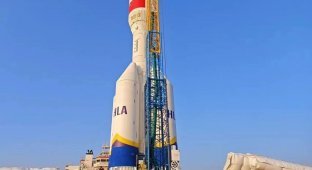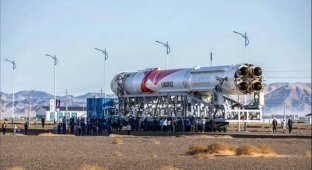A Chinese Launch Vehicle Disintegrated, Leaving a Cloud of Space Debris in Orbit (3 photos)
This is already the second Chinese rocket that has "littered" the orbit. 
On August 7, the Chinese Long March 6A launch vehicle successfully delivered 18 Qianfan satellites (analogous to Elon Musk's Starlink) to an altitude of 800 kilometers, after which it not entirely successfully disintegrated and left behind an impressive cloud of space debris.
The first to report this was the American company Slingshot Aerospace, which is engaged in tracking space debris. China has not yet been directly accused of polluting the orbit, but they claim that the new objects are moving along the same trajectories at an altitude of about 800 kilometers above the Earth's surface as the spent stages of the Chinese rocket.
It is claimed that the chaotically moving cloud of rocket debris could threaten space missions. At this altitude, the resistance of the upper layers of the atmosphere is virtually non-existent, so the debris can remain in orbit for decades, gradually approaching the Earth, which poses a threat to active satellites. The US Department of Defense confirmed the accident and counted about 300 pieces of Chinese rocket debris. 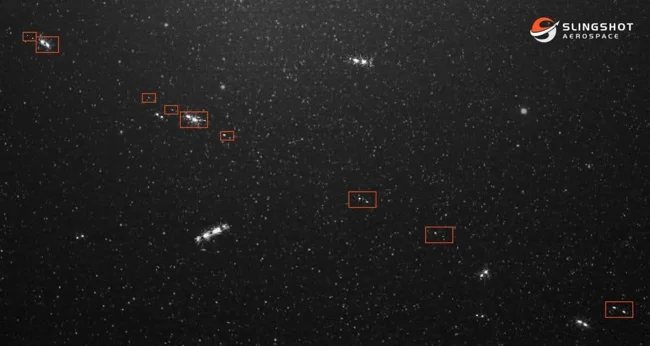
The China National Space Administration (CNSA) has not yet commented on the incident. However, the media recalls that in 2022, the Long March 6A launch vehicle similarly disintegrated in Earth orbit, leaving behind a cloud of 533 dangerous fragments.
Experts are concerned not about previous unsuccessful launches by the Chinese, but about future ones. The Qianfan ("Thousand Sails") group will actively expand. By the end of the year, China plans to send another 90 devices into orbit, and the first stage alone will have 1,296 satellites. According to plans, the satellite group as a whole will have 14 thousand devices. Therefore, if they are launched by the unfinished Long March 6A rockets, this promises big problems in the near future for many space programs. 
The Qianfan project is China's answer to Starlink. Externally, the satellites resemble V1 Starlink. They have similar geometry and a mass of 300 kg
